California: Little-known facts about the Golden State
Welcome to the Golden State, where sunny beaches meet towering redwoods and tech innovation mingles with Hollywood magic. California is a land of endless discovery, boasting hidden gems that go beyond its well-trodden tourist paths. From mysterious islands to quirky state traditions, this state has stories that enchant and surprise. So grab your sunglasses, and let’s embark on a journey through some of California’s most fascinating, yet lesser-known, treasures.
The Birthplace of the Internet

Did you know that California is where the internet first flickered to life? It was at UCLA in 1969 when the first message was sent over ARPANET, the precursor to the modern internet. A team of computer scientists, led by Leonard Kleinrock, transmitted a simple “LO” before the system crashed, intending to send “LOGIN.” Fast forward to today, and California remains a tech powerhouse, home to Silicon Valley and countless tech giants shaping our digital world.
The Mysterious Island of the Blue Dolphins
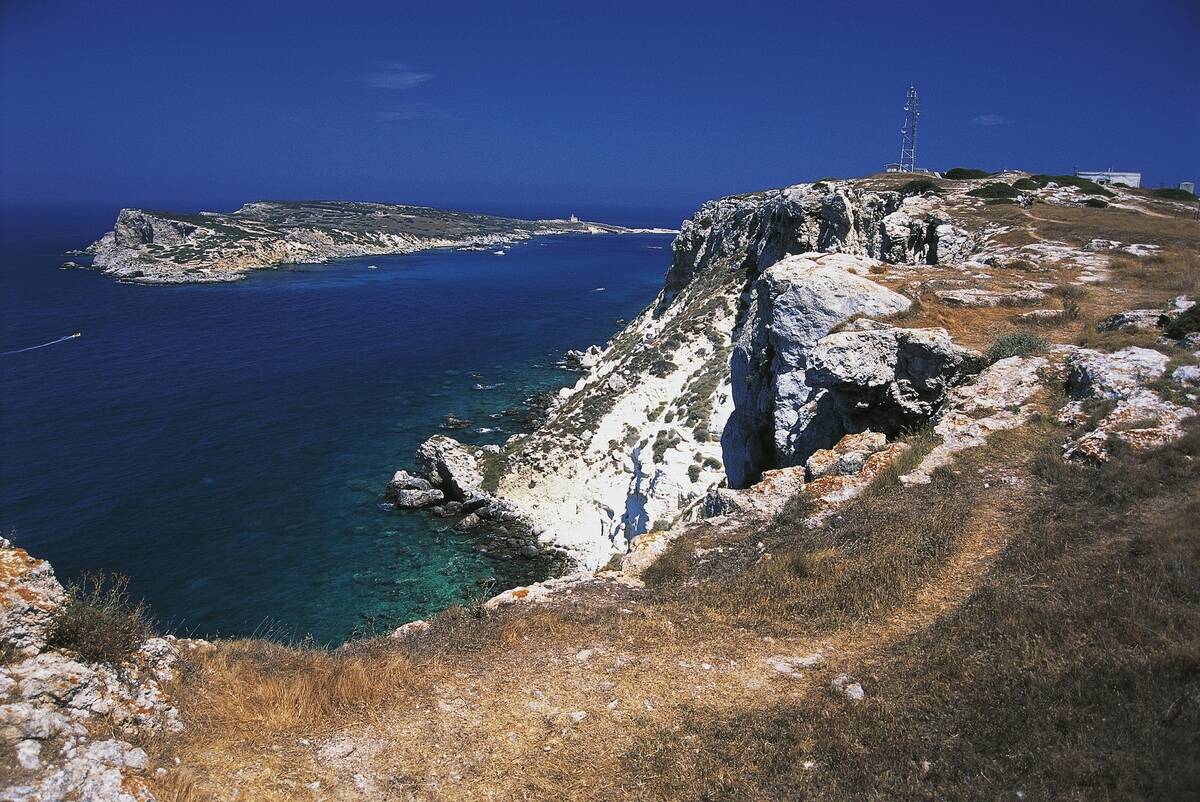
Inspired by the real-life story of Juana Maria, the “Lone Woman of San Nicolas Island,” this tiny island off the coast of California became famous through the novel “Island of the Blue Dolphins.” Juana Maria lived alone on the island for 18 years after being left behind by her tribe. Today, San Nicolas is shrouded in mystery, managed by the U.S. Navy, and closed to the public. Yet, its story continues to captivate those who dream of solitude and survival.
The California Flag: A Bear with a Story
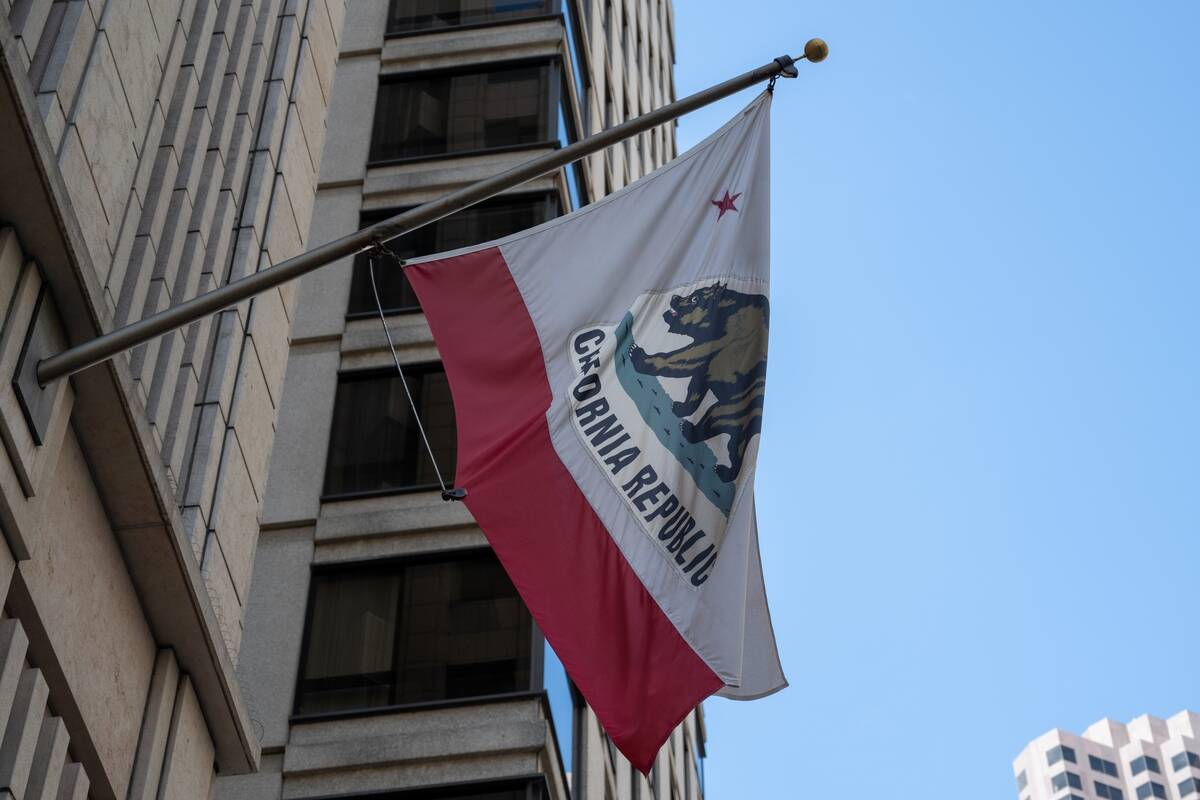
The California state flag, featuring the iconic grizzly bear, has a tale as wild as the bear itself. Adopted in 1911, the flag’s design was inspired by the short-lived California Republic of 1846. During this brief revolt against Mexican rule, American settlers raised the original Bear Flag in Sonoma. The flag’s unique history mirrors the state’s independent spirit, and its design remains a proud symbol of California’s rich and diverse heritage.
The World’s Largest Tree: Standing Tall in Sequoia National Park
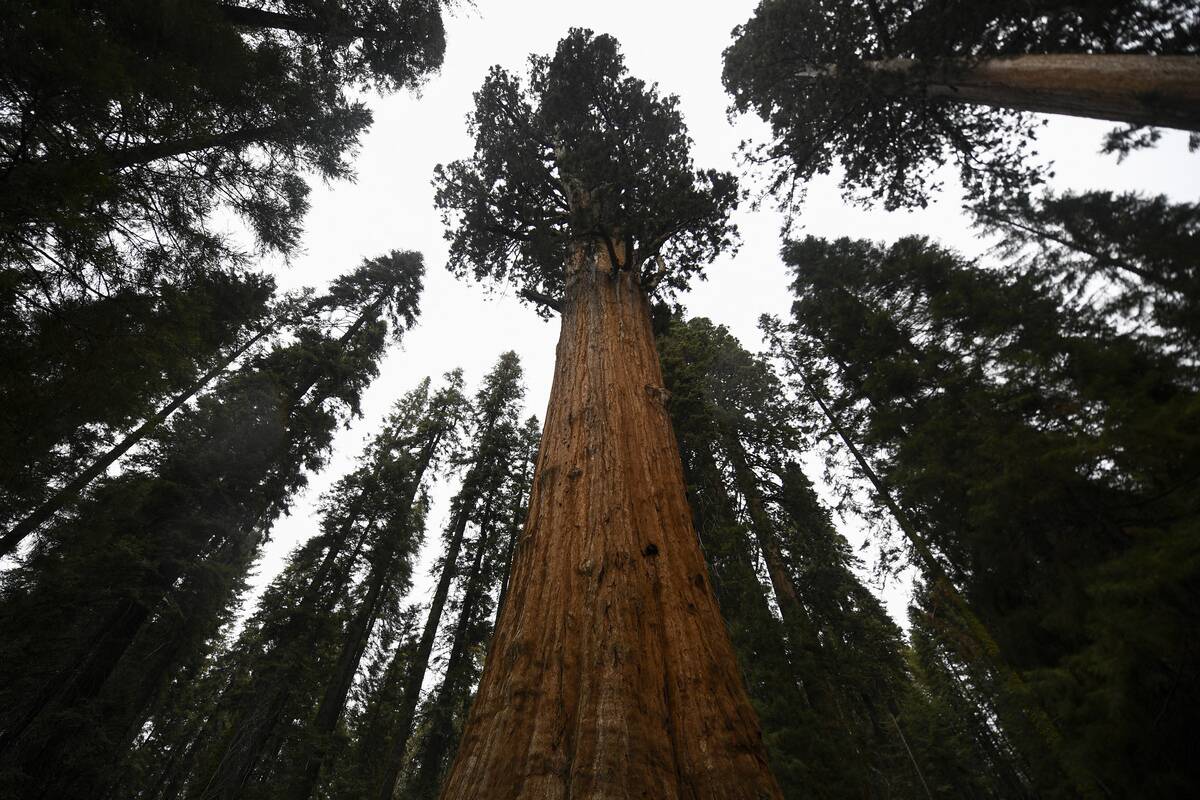
In the heart of Sequoia National Park stands the General Sherman Tree, the largest tree on Earth by volume. This giant sequoia measures over 275 feet tall and has a staggering diameter of 36 feet at its base. Estimated to be around 2,200 years old, the tree is a testament to nature’s grandeur and resilience. Visitors from around the world come to marvel at its size, finding inspiration in its enduring presence amidst the ever-changing landscape.
California’s Prohibition Hangover: The Forgotten Wine History

California’s wine industry is now world-renowned, but it almost vanished during Prohibition. In the 1920s, vineyards were uprooted or converted to grow other crops, and winemakers struggled to survive. However, some clever vintners found ways to continue their craft, selling “grape bricks” with a warning on how “not to make wine.” After Prohibition ended, the industry slowly revived, and today, California produces over 80% of American wine, a testament to its enduring legacy of innovation and resilience.
The Secret Behind the Hollywood Sign
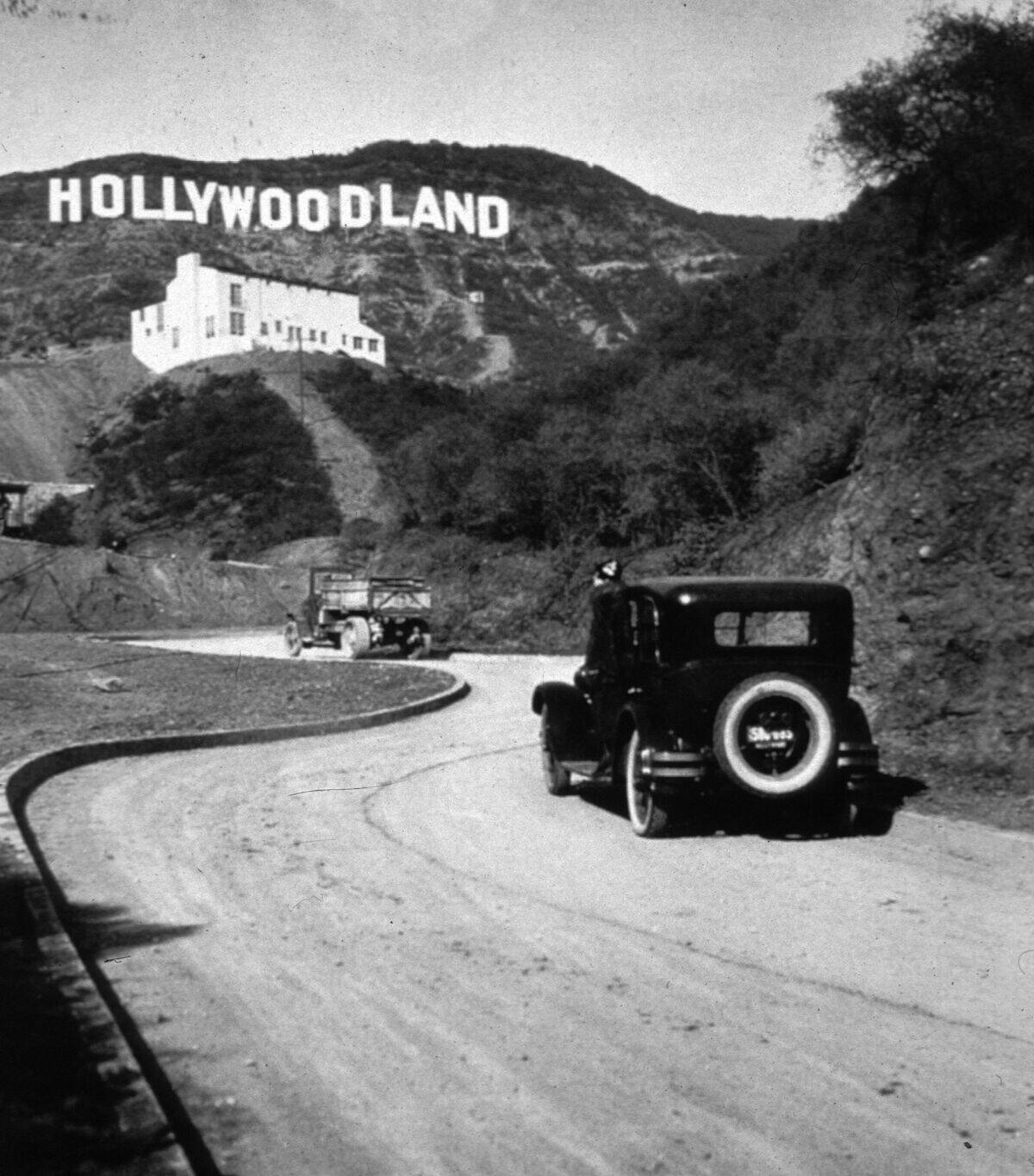
The iconic Hollywood Sign wasn’t always a beacon of the entertainment industry. Originally erected in 1923, it read “HOLLYWOODLAND” as a real estate advertisement. Over time, the sign deteriorated, and the “LAND” portion was removed in the late 1940s. It was restored in 1978 thanks to a fundraising campaign led by celebrities like Hugh Hefner. Today, the sign stands as a symbol of dreams and ambition, drawing visitors from around the globe to the hills of Los Angeles.
California’s Unique Language: From Valley Talk to Surfer Slang

California has given birth to some unique linguistic styles, from the “Valley Girl” talk of the 1980s to the laid-back surfer slang still prevalent along the coast. Phrases like “gnarly,” “dude,” and “hella” have transcended state lines, becoming part of the broader American vernacular. These linguistic quirks reflect the state’s diverse culture and playful spirit, shaping how Californians connect with each other and the world through language that’s as colorful as the state itself.
The Land of Lakes: More Than Just Tahoe
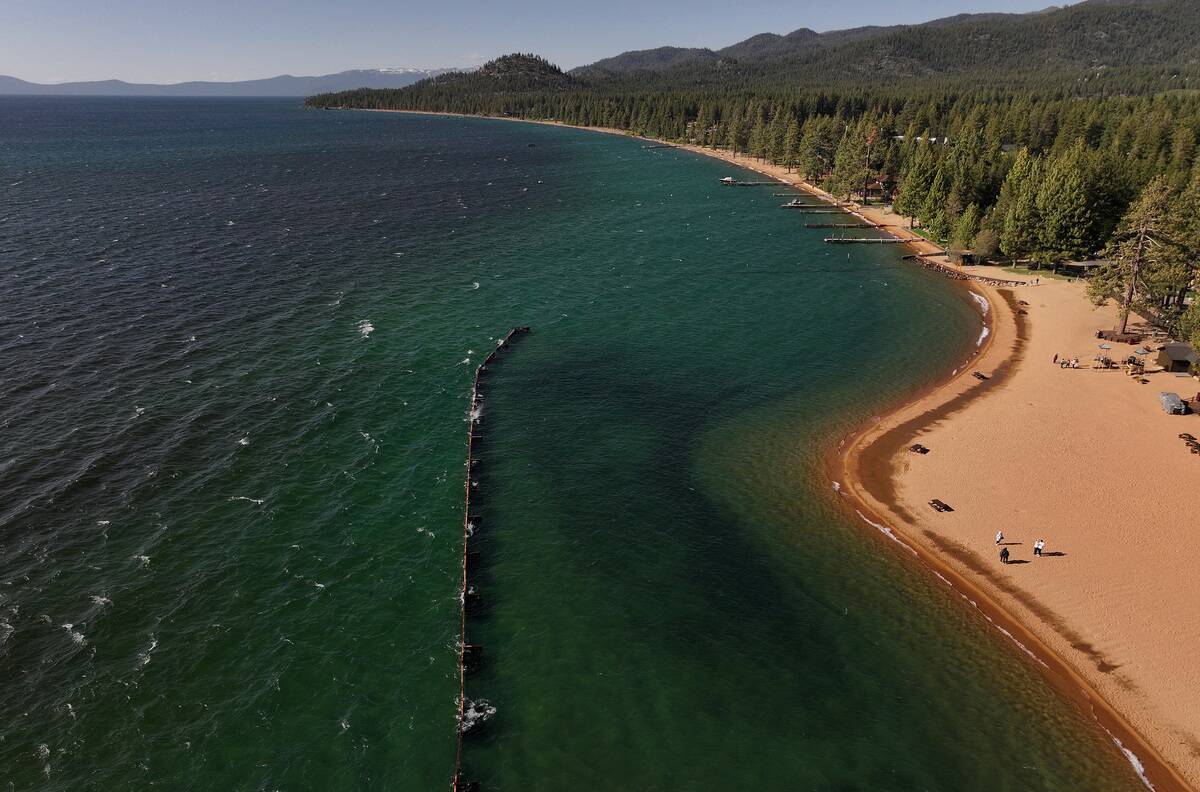
While Lake Tahoe often steals the spotlight, did you know California is home to over 3,000 lakes? Each offers its own unique charm, from the crystal-clear waters of Mono Lake to the serene beauty of Shasta Lake. These natural wonders provide endless opportunities for adventure, from kayaking and fishing to hiking and birdwatching. Whether you’re seeking tranquility or thrills, California’s lakes offer a refreshing escape into nature’s embrace.
California’s Rich Earthquake History: Not Just Shaking

California’s reputation for earthquakes stems from its location along the Pacific Ring of Fire. The infamous San Andreas Fault runs through the state, a source of frequent tremors. Yet, these seismic events have shaped the landscape, creating the dramatic topography we see today. Californians are well-prepared, with strict building codes and safety measures in place. The state’s earthquake history is a reminder of nature’s power and the resilience of those who call California home.
Home to the World’s Oldest Living Organism
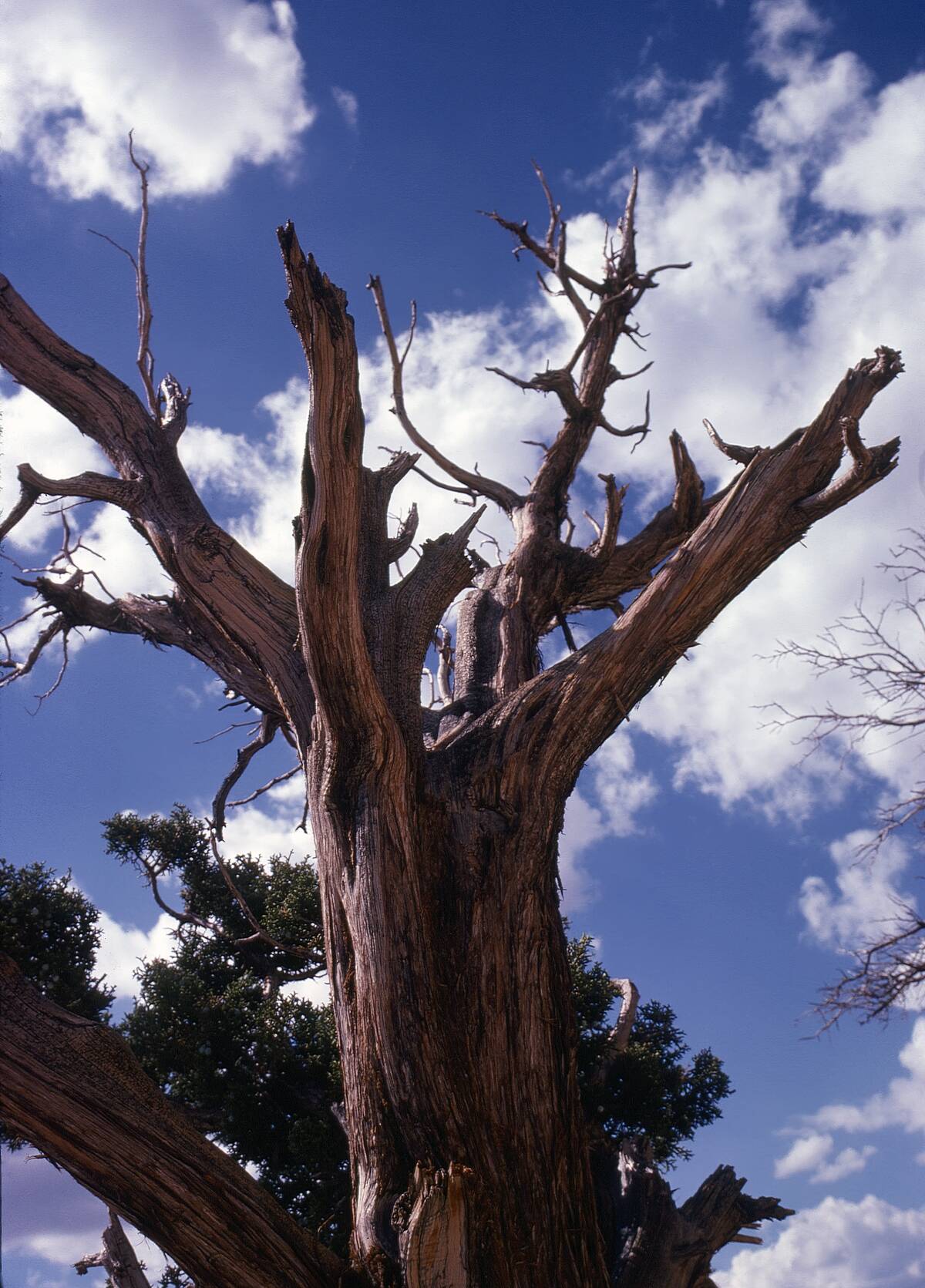
In California’s White Mountains, the ancient bristlecone pines stand as the world’s oldest living organisms. Among them, Methuselah, a tree over 4,800 years old, quietly grows in a secret location to protect it from harm. These trees have witnessed millennia of history, standing as symbols of survival and endurance. Their gnarled branches and twisted trunks tell stories of harsh climates and changing earth, offering a humbling perspective on the passage of time.
The Origin of the Avocado Toast Craze
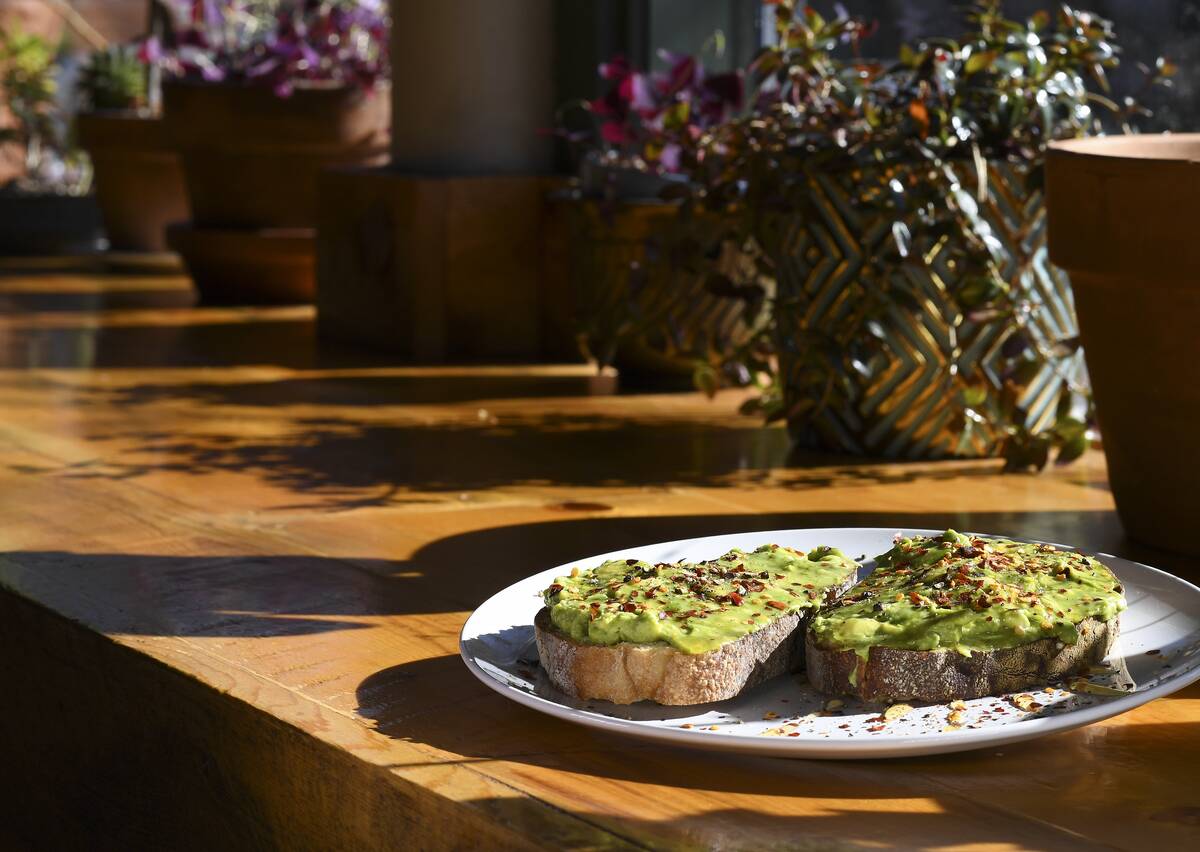
Avocado toast, a staple of modern brunch culture, owes much of its popularity to California. The state’s ideal climate produces a wealth of avocados, leading to creative culinary uses. While the exact origin is debated, many credit Los Angeles cafes with popularizing the trend in the 1990s. Today, this simple yet delectable dish is a global sensation, reflecting California’s influence on food trends and the state’s love for fresh, healthy ingredients.
California’s Record-Breaking Temperatures: From Scorching Death Valley to Snowy Peaks
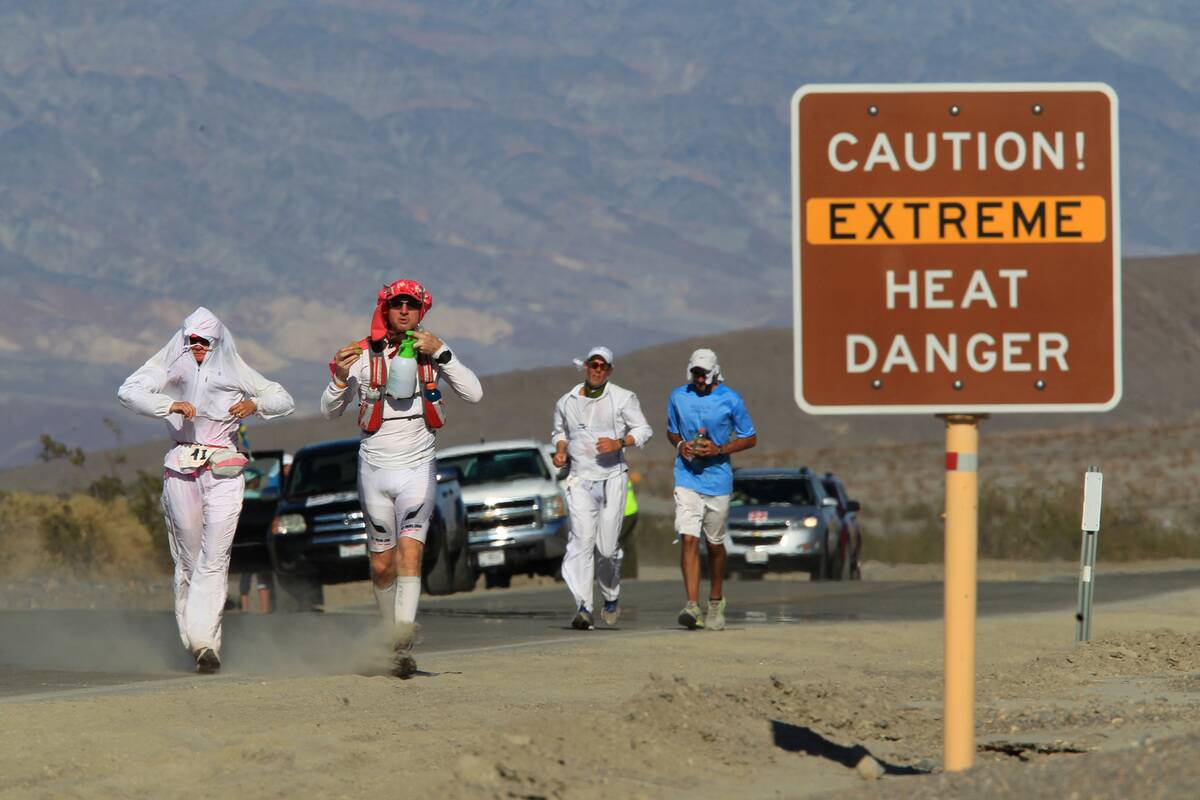
California’s climate is as diverse as its landscape, with record-breaking extremes. Death Valley holds the title for the highest air temperature recorded on Earth, reaching a scorching 134°F (56.7°C) in 1913. Meanwhile, the Sierra Nevada mountains offer snowy peaks and alpine adventures. This climatic variety allows for unique experiences, from sunbathing on a beach to skiing in the mountains, all within a day’s drive. It’s no wonder California is a land of endless exploration.
California’s Unofficial State Animal: The Grizzly Bear
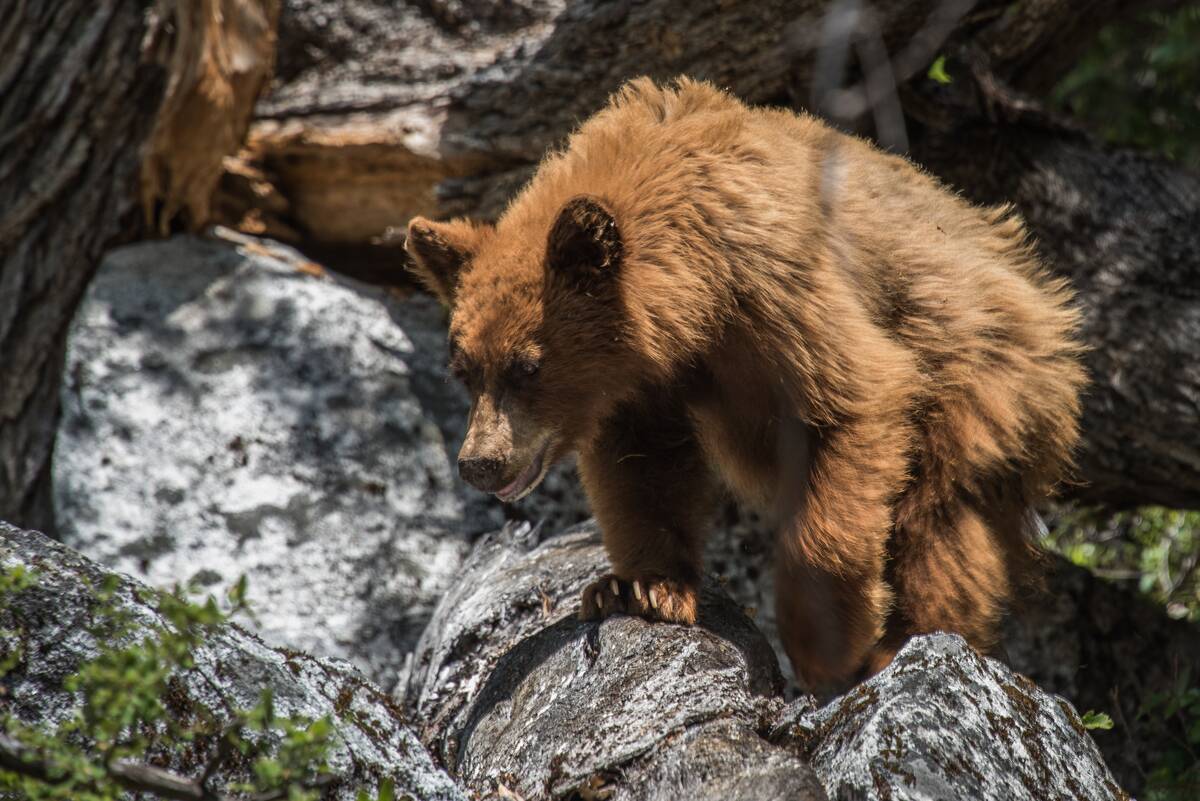
While the California grizzly bear has been extinct since the early 1900s, it still holds a special place in the state’s heart. This majestic creature is immortalized on the California state flag, symbolizing strength and unyielding spirit. Despite their absence, grizzlies are celebrated in the state’s history, and conservation efforts continue to protect the habitats of their distant relatives, the black bears. It’s a reminder of the wild beauty that once roamed the Californian landscape.
The Golden Gate Bridge: Not Always Golden
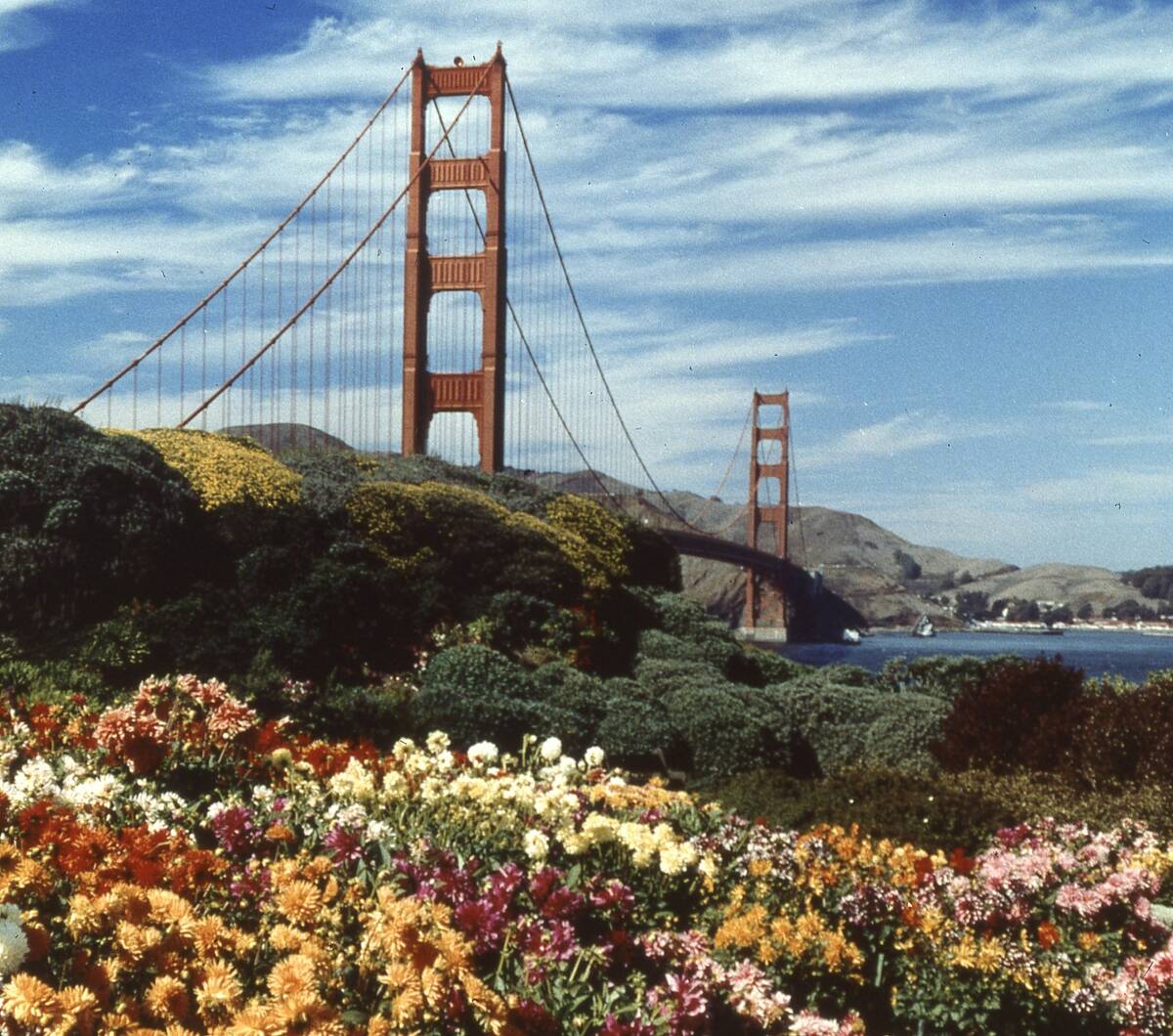
Despite its name, the Golden Gate Bridge isn’t golden. Its iconic “International Orange” hue was chosen for visibility in San Francisco’s notorious fog and to complement the natural surroundings. Completed in 1937, this engineering marvel was once the longest suspension bridge in the world. It’s a favorite subject for photographers and a must-see landmark for travelers, offering stunning views and a testament to human ingenuity and artistic expression.




